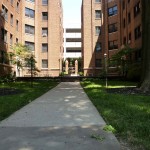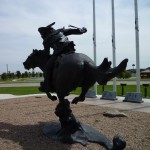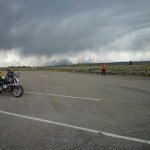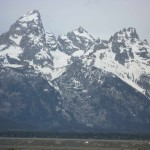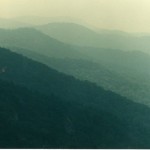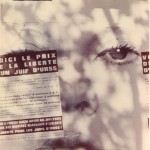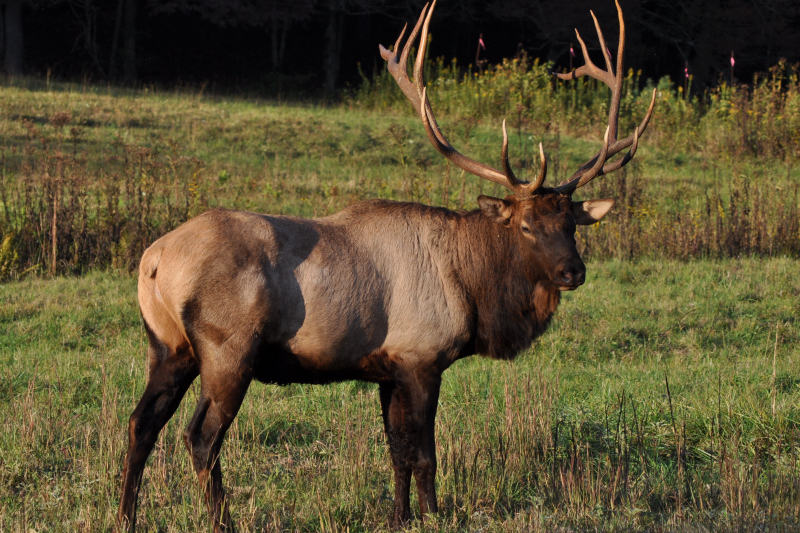I know Brig, Switzerland only through a train window, only at night. Three times I have stopped there, entering and leaving Italy through the Semplon Pass, the route across the Alps developed by Napoleon. There my passport was checked, twice to make sure that I was fit for the ordered world of Switzerland, once to be welcomed to the relative chaos of Italy. All three times I was asleep upon arrival, waking because of the still silence. The window view was of serenity: empty platform, blue-cool glow from the station’s lights, dark silhouettes of the mountains looming beyond.
The Semplon Pass, the middle-of-the-night setting, the eerie silence – all mindful of a scene from a classic ‘40s film, perhaps a romantic comedy. My first Brig stop, in the late 1970s, would have worked well in such a film. It involved a girl I had met on the platform at Florence, where we both were waiting for the same north-bound train, she headed home to Basel while I was en route to Paris. Her name was Nelli and she had spent a couple of months in the United States and was eager to practice her English. I was simply eager.
My last stop in Brig was in 2010 when I was on my way from Milan to Paris, then, via the Chunnel, on to England for a Queen Mary voyage back to the U.S. It, too, featured a movie scene, but it was more film noir than romance. There was no Nelli, just a blood-curdling female scream in the middle of the night. When I had boarded around 11:30 p.m. I found I was sharing a sleeper compartment with an Italian businessman who was a regular between Padua and Paris. He warned me that there was a lot of theft on the train, and since I was in the lower berth, I should make sure the door was locked.
After our half-hour stop in Brig, I was soon asleep again. Then, about an hour into the Swiss Alps, I was awakened by the scream, followed, in English, by a female voice yelling “Stop, thief. You, get out.” We could hear commotion in the corridor. Opting for caution, my compartment mate and I decided against opening the door to find out what was going on.
After a few minutes, and some animated chatter (in Italian) from the intruder and the conductor, it was determined that the woman had failed to lock her door, and another traveler, sleepily making his way back to his bed from the restroom, had mistakenly entered her compartment. Film noir comedy, perhaps.
I began my train traveling in earnest in 1972, in Europe. There were memorable rail episodes in Germany, in Norway and France and Spain. And, years later, in Australia and Mexico and the United States. There were friendly, fascinating travel companions. Spectacular scenery, high Alps to Australian Outback desert and Mexico’s Barrancas del Cobre. Unexpected adventures, including witnessing a fistfight at a station in the Peloponnese and watching a troublemaker handcuffed on an Amtrak train in South Carolina. And I learned on three trips in Italy that dealing with rail lines in that country is always an adventure.
Since that 1972 journey, rail has been my favored way of getting from Point A to Point B, for many of the same reasons it has been favored by movie-makers: Diverse groups can be thrown together in a confined space; border crossings present opportunities for drama; interest builds easily as protagonists move farther and farther away from the familiar.
Too, there are more mundane advantages: relaxation as someone else takes care of propelling you; the discovery of exotic cultures and locales; the sleep-inducing rhythm of the rails. And there is the excitement of heading into the unknown, a pleasure that can be made better at night when everything is in the abstract, lit only partially, mysterious shadows hiding pleasure and/or danger.
Early in my first foray to Europe, I discovered that I could sleep on overnight trains, saving the cost of a room. At that time most European trains featured compartments with bench seats that had room for three – if you were the only occupant there was plenty of space to stretch out and sleep. So it’s 11 p.m. and you’re in Hamburg and there’s a train leaving for Vienna, due to arrive at 8 a.m.? Perfect, if you can find a compartment with plenty of space.
But sometimes sleep was secondary to the adventure. Once, I shared a compartment on a train to Copenhagen with a Frenchman, a French Canadian, a Dane, and two Germans, one from Hanover, the other from Munich. We were all in our mid-20s. The Canadian spoke French and English, the Dane German and English as well as his native language. We talked through the night, learning a lot about life in each others’ country – and about the nuances of language when the Hanover German said that he could understand the Dane’s native language easier than his countryman’s Bavarian dialect.
A couple of years later, preparing to depart Munich after Octoberfest, I got to talking with a young German, obviously hung over from the beery festivities, who was headed home to Ulm, a relatively short distance away. I pointed out to him that the train on the next platform was the Ulm express and we were on a train headed to Stuttgart. He said he knew that, but he did not have a ticket and would be thrown off the train at its first stop, which was Ulm. “This way,” he said with a grin, “I do not have to pay.”
In Norway, leaving Bergen on an over-nighter for Hamberg, I shared a compartment with a young man from California. He was headed home to settle things up so he could return to Norway and his new girlfriend. I heard all about her, as he talked the entire night. She was beautiful, he told me dozens of times. So beautiful, he said, that he didn’t even care that she didn’t shave her legs. Realizing that no comment from me was needed, I finally drifted off to sleep as he kept talking. I don’t know if he ever slept or not.
On another over-nighter, in Spain this time, from Barcelona to Malaga, I found myself in a compartment with a second American, a just-married Spanish couple, and a young Moroccan. The American had a guitar and initially there was a song or two. But the newlyweds were only interested in each other and the Moroccan was only interested in impressing the two Americans.
He had learned his English, he said, from American servicemen in his home country. That explained his use of the basest profanity. He had been to Italy to buy a Vespa, which was in the baggage car: “A Vespa is important in my country – I will be big with the girls.” Finally, I escaped to the platform between cars, hanging out the window and enjoying the views of the Mediterranean coast, of the inland desert. Come night, while the Moroccan was in the dining car, we made the seats into beds and prepared for sleep. He returned to find himself assigned to the top bunk above the Spanish couple.
At some point, about 2 a.m., I was awakened as the Moroccan began yelling at the newlyweds. It seems they were whispering to each other and keeping him awake. He went for the conductor, who then guided him out into the corridor; soon his yelling became fainter as they moved down the train. The rest of us went back to sleep.
The next morning, at a small stop called Chaparral, one of the train’s engines broke down. We sat around under a tree until a replacement could be brought in. Our Moroccan showed up while we waited, chipper toward everyone except the Spanish couple. I asked him where he had been. He looked disgustedly at the conductor a few yards away, and said that he had been forced to join his Vespa in the baggage car. And, to our relief, that’s where he rode for the rest of the trip.
But Mexico, high in the Sierra Madre Occidental, was the site of my most memorable train experience. I was traveling with photographer Skeeter Hagler from Chihuahua to Los Mochis, on the Gulf of California side of Mexico. The trip is famous with tourists as it crosses the mountains above the Barrancas del Cobre – the Copper Canyon. The canyon is in area larger than the north American Grand Canyon. It is also home to Tarahumara Indians, famous for their long-distance running and their peyote-centered religion.
The trip is scheduled for about 12 hours, but often takes 14 or 15. There are stops with spectacular views into the canyon, but there are also unscheduled delays. So, about midnight we had just begun our descent from the heights when there was a stop at a small village. Skeeter and I were in the last car, and I was hanging out at the very back with a drunk native. Periodically, his friend the conductor would admonish him to be quiet, to sit down, to quit causing trouble. He would look at me and laugh.
When we stopped, the conductor exited the car at the other end with his signal light. And the drunk exited at our end to relieve himself. After a couple of minutes I glanced toward the conductor and saw him waving the light that meant we were ready to continue. I alerted my “friend”. My voice got the conductor’s attention, and when he saw what was going on he started yelling at the drunk, who just laughed. As the train started slowly moving, he finished his business and started running for the train. I reached down, grabbed his arm and pulled him aboard.
“Gracias, amigo,” he said with a grin as the conductor began marching him back down the car. Looking into the canyon I could see the faraway lights of Tarahumara fires, only then realizing that if my “friend” had been stronger, I could be tumbling down the mountain toward them.
When I told Skeeter, who had been sleeping, he shook his head. “That would have made a great picture,” he said. Or, in retrospect, a great opening scene for a movie.

